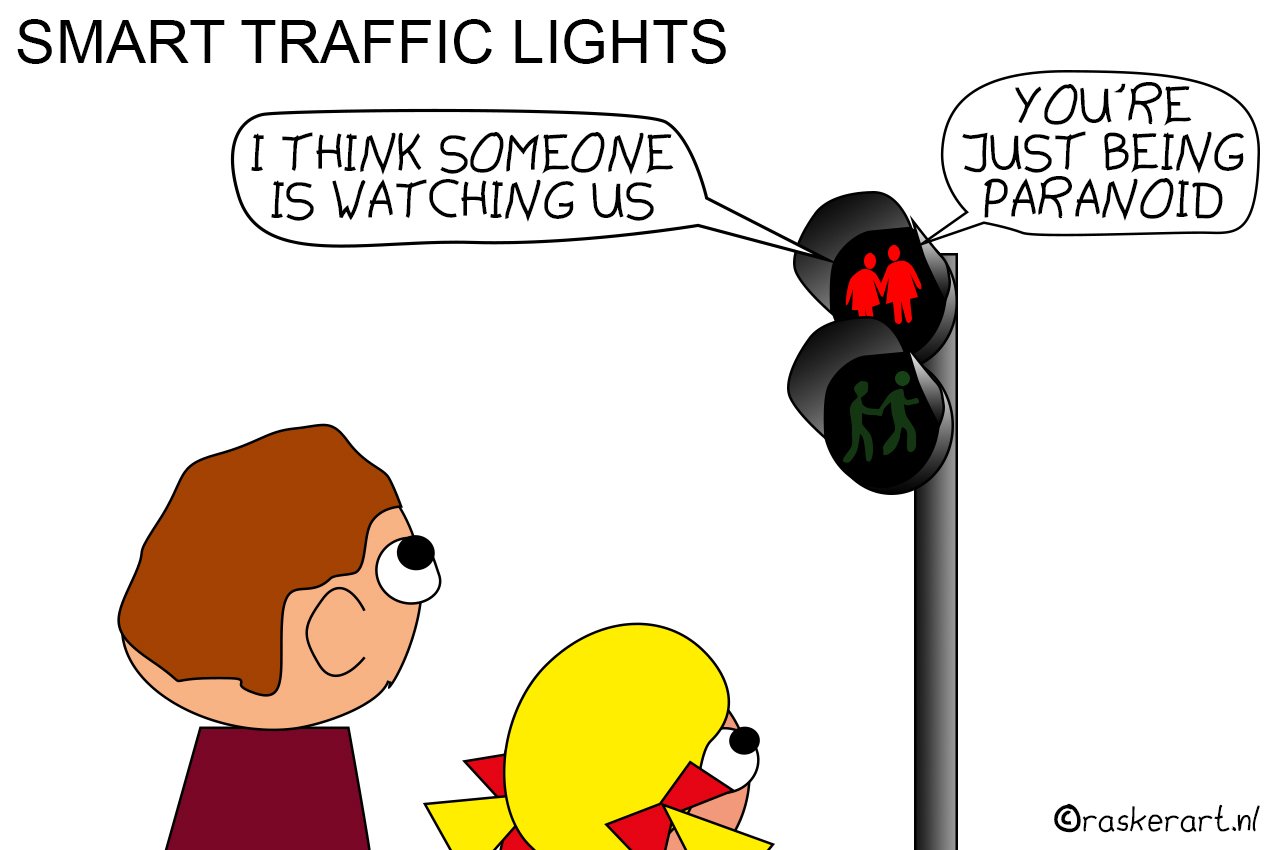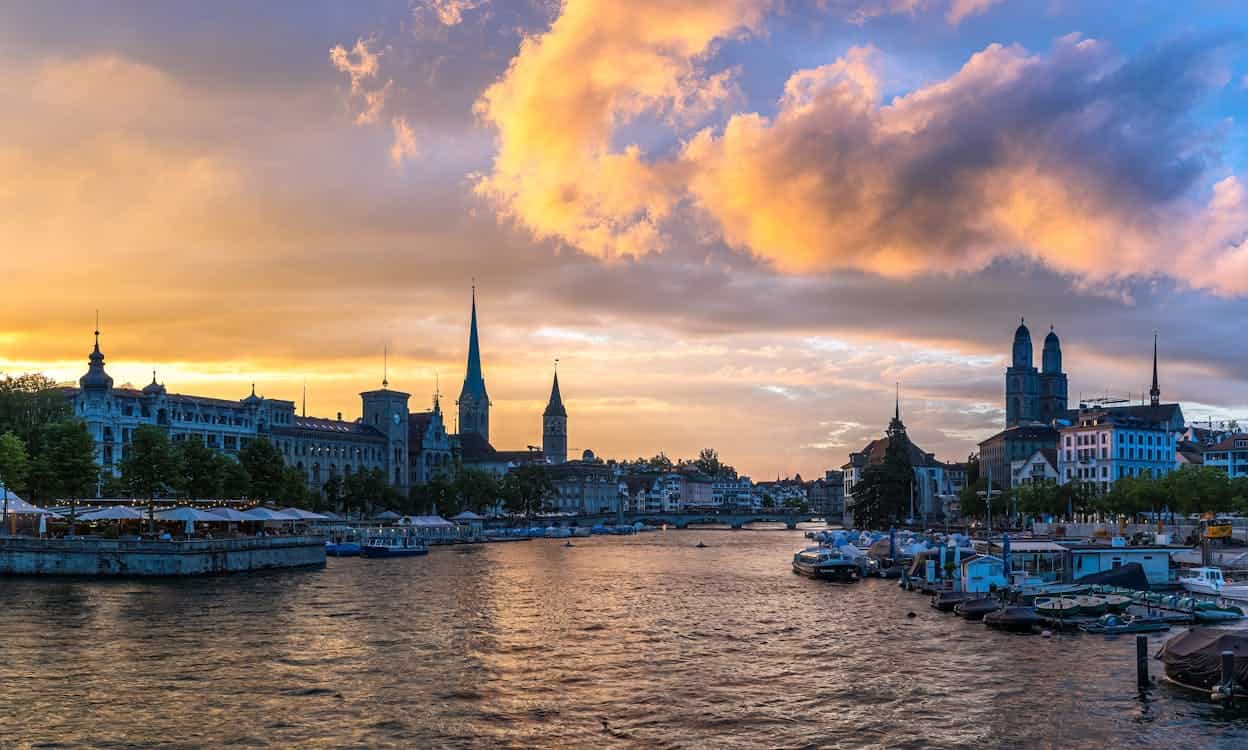
German scientists are researching the impact of AI systems on socio-economic inequality in a smart city, according to last week’s best-read article. Will everyone get the same opportunities in these technology-packed, connected cities? Or do only people with access to this technology enjoy the benefits of such a smart city? As one small example, linked lamp posts or traffic lights can indicate where parking spaces are still available. Pretty convenient … but all those sensors and connected technology could cause parking costs to soar. Or so the German scientists hypothesize.
However, the fact that parking costs don’t necessarily have to rise is demonstrated by Signify with its smart street lighting. This is down to energy reductions, according to Eng Yong Liang of Signify. Liang is Smart City segment director and in that role works a lot with city governments. “You don’t get to see LED streetlights in many cities yet,” he noted in a Signify webinar. “LED is not only a lot more energy efficient than traditional lighting, but with motion sensors and dimmable lighting, you can actually save a lot more energy.” In his view, if cities do purchase LED lights, they can use the money that they save in energy costs to keep parking free, as just one example.
Read more about Signify’s smart streetlights here.
But keeping parking costs down is not the most important aspect of a smart city, as Liang sees it. “It might start with something as simple as streetlights, but all these streetlights generate data and are connected. You can link them to other systems like traffic lights or security cameras. You can do something with all these data streams that improves the lives of citizens in the city. For one thing, by providing low-income neighborhoods with better access to the Internet via 4G or 5G in the future.”
Taking action to improve air quality
Climate change, he says, is causing increasingly warmer temperatures in cities; lamp posts can be fitted with temperature sensors so that municipalities can see exactly where temperature levels are rising the most. “Using this data, they can take action: plant trees or provide shade in some other way. The same goes for other known issues in cities such as air quality or noise pollution. By constantly measuring these via connected street lights, city authorities will be aware of where the hotspots are.”
For example, New York has a system in its lamp posts that detects snow and ice. This sends snow plows out on time to keep the streets free of snow, Liang points out as an example. Connected street lights also make the streets a lot safer, he believes. “Suppose you’re walking down the street at night and get harassed. Then the light can shine brighter, which makes you feel safer. Especially if the systems are linked to security cameras and emergency services are automatically notified in the event of an incident. Then it’s not just a matter of a feeling,” says Liang.
Still plenty of questions re data flows and digital infrastructure
Eric Woods from the Guidehouse consulting firm is convinced that smart street lighting is a growing market. By 2029, there will be about 109 million such lamp posts worldwide. “In theory, every lamp post is also a charging point for the electric car; I definitely see that happening in the future. Especially now that electric mobility is becoming the norm. Saving energy is a good thing, but city councils are increasingly seeing the potential of the digital infrastructure that is emerging around this. By using WiFi networks, you can create an entire IoT structure in a city where everything is connected,” Woods explains. Think about, for example, connected rubbish bins that send a signal to the waste disposal service that they are full.
But all these connected systems and additional technology are also a cause for concern for a lot of people. What about privacy? Where does that data go? And who owns all this publicly collected data? “All of those concerns are legitimate. I think that is why it is important to more actively inform citizens, but also allow them more of a say. For instance, take a look at what Barcelona is doing. There, large companies are only allowed to establish themselves in the city if they contribute data for the betterment of the city. That’s a good thing. But I think this should happen a lot more.”
Also interesting: Don’t forget the hardware, you can’t build a smart city solely on dreams



